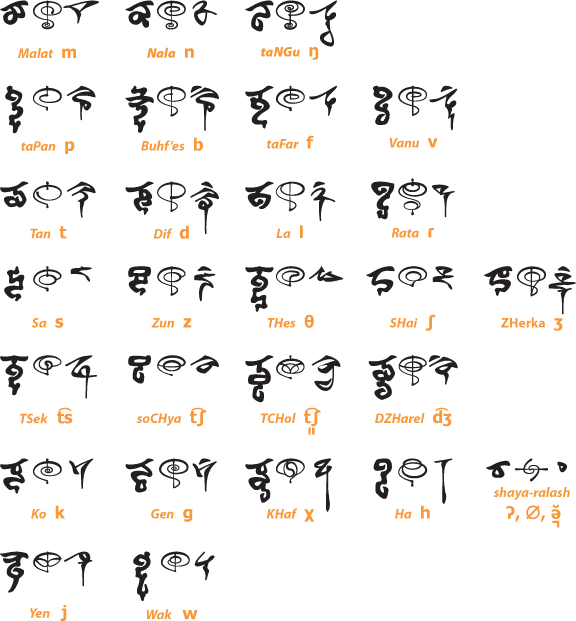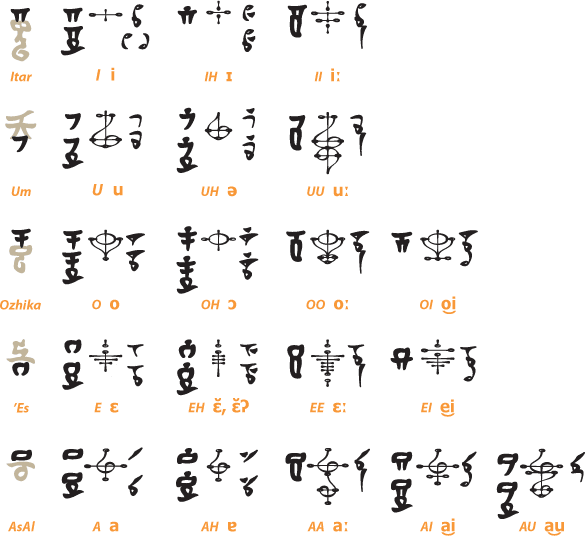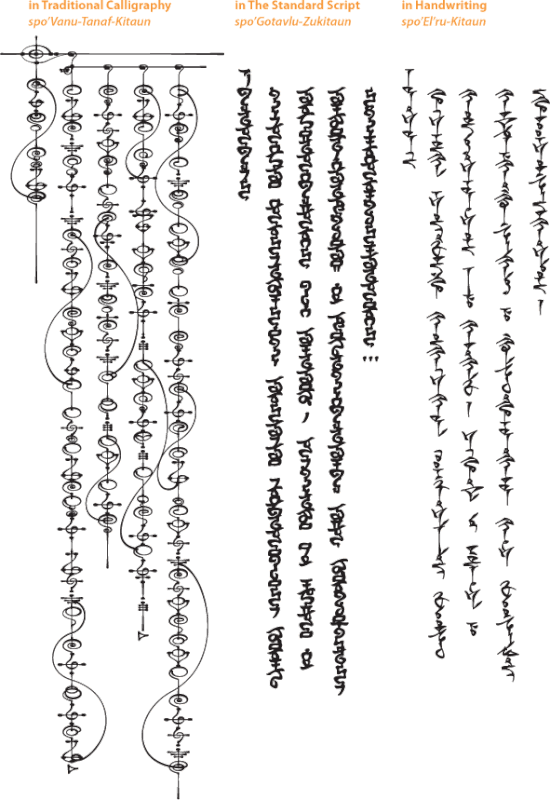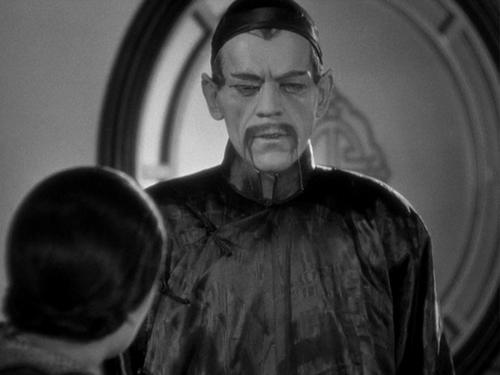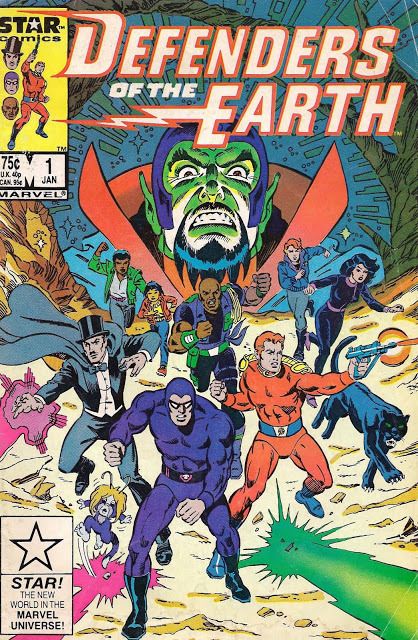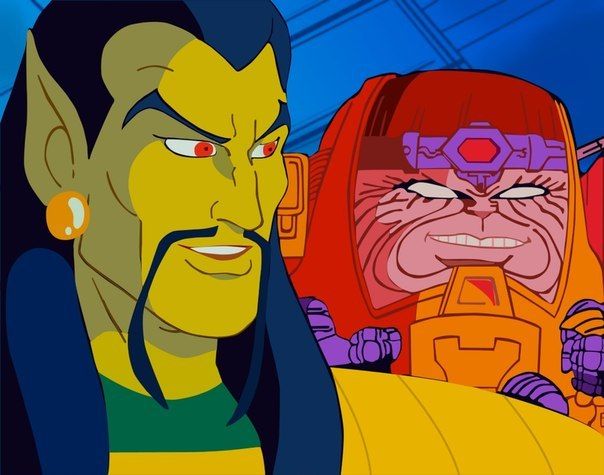Vulcan Language Institute
Posted: 2015-09-26 04:35am
So we all know that Klingon has been developed into a working language and is a fan favorite. But I came across this article from omniglot and apparently there's at least one developed Vulcan language. This Vulcan language was apparently developed in the 1980s (with the help of fans and friends) by Mark Gardner who runs the Vulcan Language Institute. The script in the Omniglot article was developed at Korsaya.org which is headed by Britton Watkins and are based on what was seen in the movies and shows, although I think the handwritten Vulcan is completely fan made.
According to Memory-Alpha, there was also a fan-made Vulcan language back in the 1960s developed by Dorothy Jones Heydt, though I can't seem to find anything on the internet. And the VLI links to other Vulcan language projects.
The Omniglot article:
According to Memory-Alpha, there was also a fan-made Vulcan language back in the 1960s developed by Dorothy Jones Heydt, though I can't seem to find anything on the internet. And the VLI links to other Vulcan language projects.
The Omniglot article:
Golic Vulcan alphabet (gol-vuhlkansu)
Golic Vulcan
Golic Vulcan is one of the constructed languages of the Vulcan race from the science fiction series Star Trek. It was carefully crafted over many years by Mark R. Gardner and other collaborators in the Vulcan Language Institute, which has been defunct since the latter half of 2008.
The core features of the language including the phonology, syntax and the basis for the morphology are creative extrapolations from the Vulcan language dialog heard in the feature films. As of June of 2011, the language has no official relationship to the Star Trek franchise but used in fan-fiction and other artistic projects.
Notable features of the languageLike the language itself, the 3 non-Roman writing systems presented here were inspired by Vulcan writing-related imagery that has appeared over the entire history of the series on screen. Specifically, the script referred to as Traditional Calligraphy is inspired by the graphic design of Michael Okuda. The Standard Script derives from the costume work by Robert Fletcher. All of the work to turn this visual imagery into functional alphabets has been done by Britton Watkins of korsaya.org.
- -Lexicon of 12,000+ terms
-VSO
-Pro-drop and contextually omitted copula
-Pervasive compounding in nouns
-Standard and short/flat vowel contrasts are traditionally common but not sharply distinguished in all cases in modern speech. Long vowels also exist (cf: maat), but are far less common.
-Enclitic adverbial prefixes and prepositions
-Unusual onset consonant clusters (cf: psth-, fn-, tv-)
Notable features of the orthographyThe Golic Vulcan alphabets
- -Alphabetic (from logographic roots)
-Visually modeled on canonical sources from the big and small screen
-Direction of writing: flexible but most traditionally rendered top to bottom. When written horizontally the traditional calligraphy is simply rotated and flows in the same direction of the predominate concurrent system. With English it reads left to right. (See example at the beginning of this article.) With Hebrew it would read right to left. The Standard script can rotate in the same manner if necessary in context. Horizontal Handwriting involves two different placement models for the vowels; inline and diacritic. In vertical handwriting, vowels are used more or less as inline letters with the exception of the /a/. It behaves somewhat like an abugida vowel diacritic.
-Letterforms are invariable, but conjoined within words. The Traditional Calligraphy supports approximately 60 consonant clusters with unique ligatures, most of which occur only at syllable onset.
-Used to write: Primarily Golic Vulcan, though other Vulcan languages and loans from other languages can also be rendered in all of the script variations.
-No regular capitalization, but proper nouns are commonly marked with an ahm-glat (‘name-sign’) signifying the common/proper distinction.
In the following table the Standard Script (Gotavlu-zukitaun) letters appear to the left of the Traditional Calligraphy (Vanu-tanaf-kitaun) letters (nuhm) and the Handwriting (El’ru-Kitaun) variations appear in turn at the right in each cluster. The traditional name of the Standard Script letter is given along with the IPA for each sound. Note that for the Traditional and Handwriting scripts it is most common to simply refer to the consonants as C+/o/, hence "M" is "Mo". "N" is "No", etc. Exceptions occur for "oNG" and the consonant clusters "KSo" vs. "oKS" ("X"). The names in ‘o’ are omitted in the table for the sake of visual simplicity. The traditional names represent the fact that these letters are in most cases unmodified logographic glyphs from a more ancient system. Compare the historic usage of Egyptian hieroglyphs to write proper names or the manyo-gana of pre-syllabary Japanese.
Inventory of Glyphs (Vis t'Ek'zuntra)
Consonants (Ikastarzun)
Vowels (Ikatu'azun)
Sample texts
A recording of this text by Britton Watkins
Translation
All sentient populace of the universe are born free and equal with respect to dignity and rights. They are capable of possessing logic and ethical principals and should act each toward the other in a manner of universal equality.
(A version of Article 1 of the Universal Declaration of Human Rights)

